It’s been three years since Touch ‘n Go launched its RFID system for toll payments (and more than four since the pilot programme kicked off back in 2018), yet it remains a thorn in the side of motorists. Sustained reliability issues have resulted in long lines at toll plazas and a low take-up rate as motorists spooked by the problems continue to use TNG cards and SmartTAGs instead.
This issue has become so prevalent that it’s even raised the ire of former Minister of Urban Wellbeing, Housing and Local Government Abdul Rahman Dahlan, who tweeted his sentiments to Minister of Transport Anthony Loke. In response, Loke said that the RFID system is under the purview of the Malaysian Highway Authority (LLM), and he would speak with Works Minister Alexander Nanta Linggi regarding this issue.
Salam Bro..RFID at the toll booth is not under MOT's jurisdiction. It is under Lembaga Lebuhraya. Anyway, I will discuss with bro @AlexNantaLinggi …thanks for the feedback https://t.co/UOunBEVaue
— Loke Siew Fook (@anthonyloke) January 11, 2023
Touch ‘n Go’s struggles with the technology are particularly troubling as RFID will form the basis of the forthcoming barrier-less Multi-Lane Free Flow (MLFF) system, which aims to ape the functionality of Singapore’s efficient and reliable Electronic Road Pricing (ERP). Notably, the island nation managed to implement the latter in a single leap back in 1998.
What we instead got was a halfway-house solution that required a RM35 sticker and barrier, all so that motorists could continue using legacy payment methods. During the previous administration, it was said that the implementation of MLFF would happen in 2025, but we haven’t seen any significant movement since then.
The recent change of government has given the nation a much-needed reset. Now that the key players are in place, here are the things the three most important people in this project—Loke, Nanta and Finance Minister Anwar Ibrahim—need to address before the MLFF system rolls about.
Transport Minister: Integrate RFID with road tax, standardise number plates
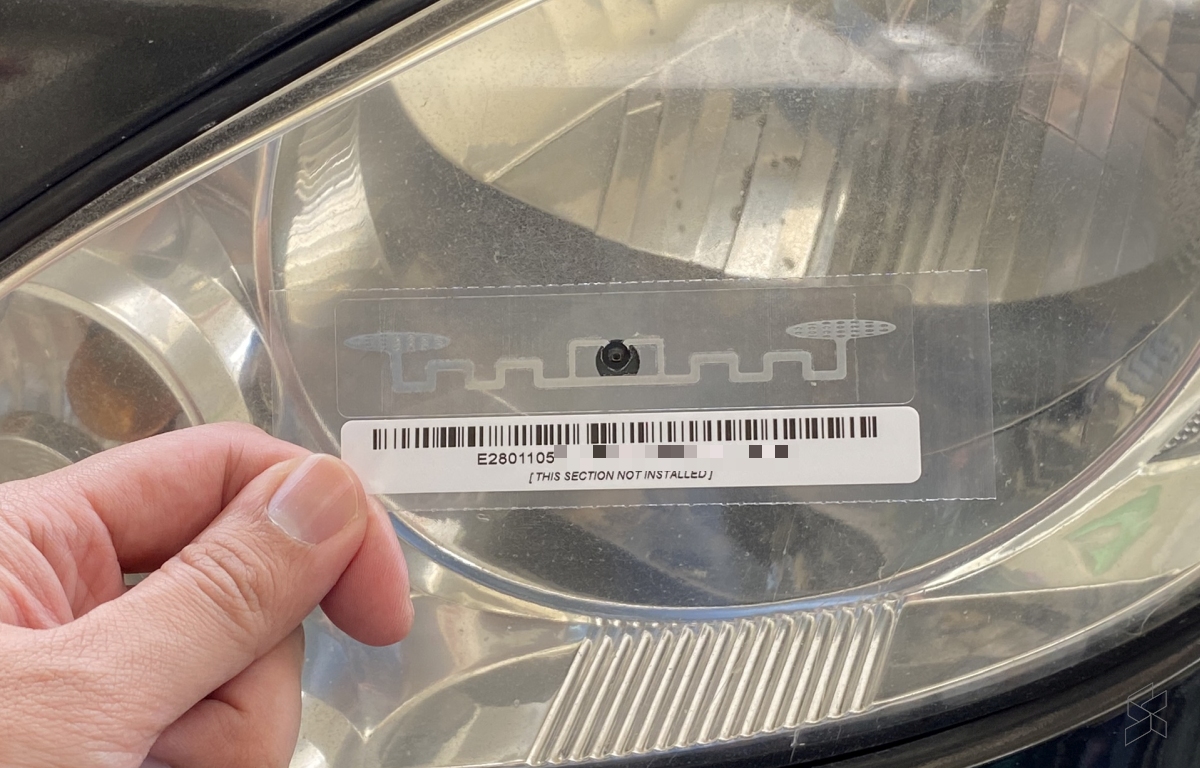
With Loke reinstated as Transport Minister, one of the first things he should already be focused on is improving certain elements of the RFID system. Yes, overseeing toll payments is Nanta’s job, but there are a few things he could work on to ensure RFID tags are more widespread, smoothen the payment process and prevent queues.
One issue that’s stopping more users from adopting RFID tags is that the system is not only optional but costs money out of their own pocket. Touch ‘n Go currently charges RM35 for a self-fitment kit, which seems reasonable until you realise each car needs to have its own RFID sticker.
Some users have toyed with the idea of sharing one sticker with multiple cars—you can even find a movable plastic screen on Shopee that you can affix the tag to—but get caught and your account will be suspended. Perodua has also fitted an RFID tag as standard on every Alza, but not everyone wants to drive an MPV.
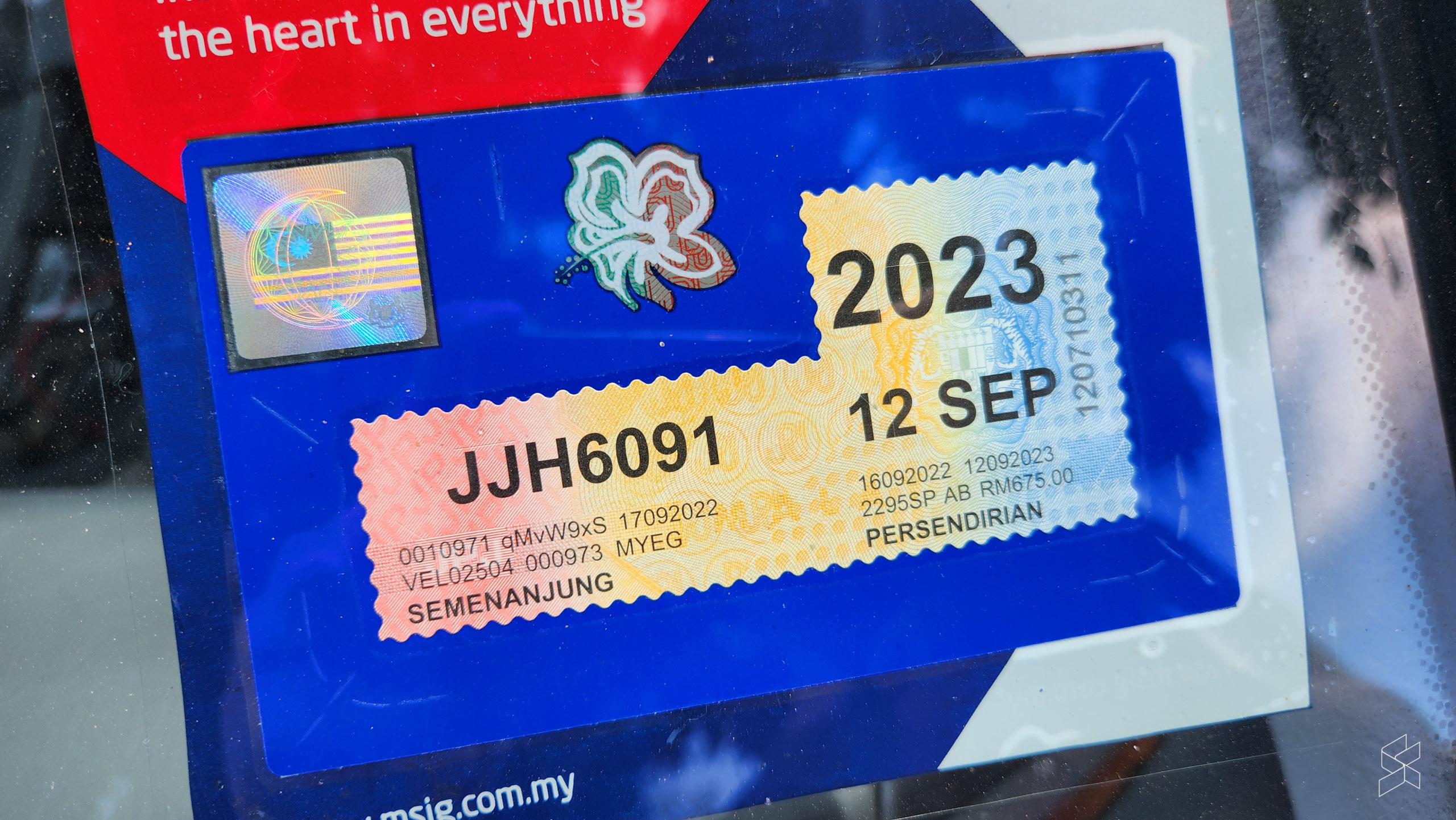
The Transport Ministry could get more people on board by simply integrating the RFID tag into the road tax sticker. Loke is already looking into improving the road tax sticker, promising a “big change” in quality later this year, so why not take this opportunity to revamp the entire system?
Such a move has already been mooted before. Loke’s predecessor Wee Ka Siong said last year the Road Transport Department (JPJ) is looking to implement new technologies for vehicle registrations—including RFID—for law enforcement to more accurately read registrations. Such a feature, which may be placed on the road tax sticker or the number plate, will be compatible with other purposes such as toll payments to avoid the need for multiple tags on one car, Wee added.
Then we come to enforcement. To ensure conniving Malaysians aren’t able to evade tolls, the government will need to come up with an effective automatic number plate recognition (ANPR) system, like the kind already fitted to the RFID lanes on PLUS highways. But it’s almost impossible to rely on this for barrier-less toll collection given how JPJ has allowed number plate customisation to run rampant for decades.
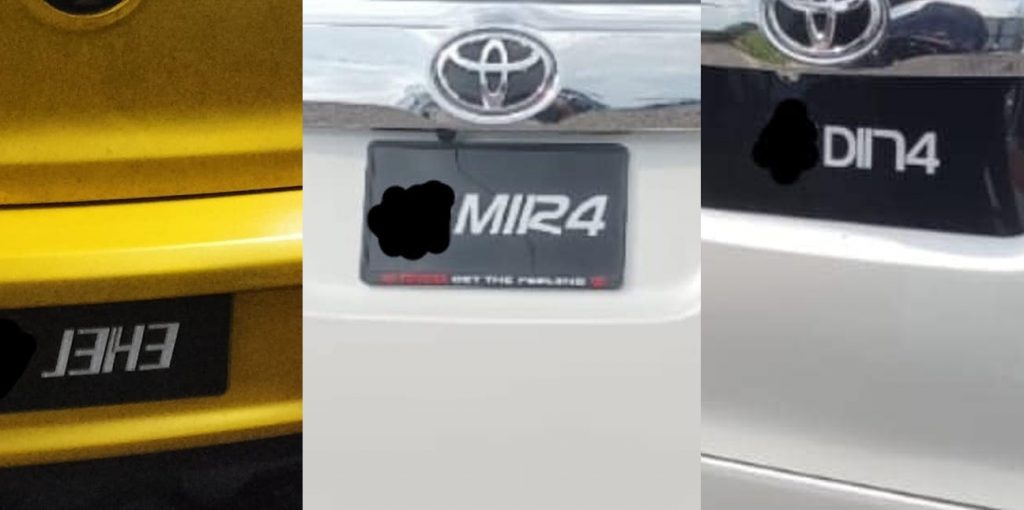
To be fair, the authorities do have strict laws regarding the colours, fonts, sizing and even the spacing of the numbers on the plates, but lax enforcement has resulted in, shall we say, creative interpretations of the rules. Not a day goes by where you won’t see non-standard fonts and spacing, sometimes used to make the alphanumeric registration read like entire words—to the detriment of human and computer legibility.
It’s obvious that JPJ needs to step up its game considerably, cracking down on errant car owners as well as accessory shops that provide these kinds of customisation services. While it’s at it, it should also come up with regulations for more legible number plates—let’s be honest, it’s hard to read small, narrow letters and numbers at a distance. Last but not least, JPJ needs to mandate stamped or printed number plates to prevent them from being damaged or tampered with.
Works Minister: Add more RFID lanes at toll plazas
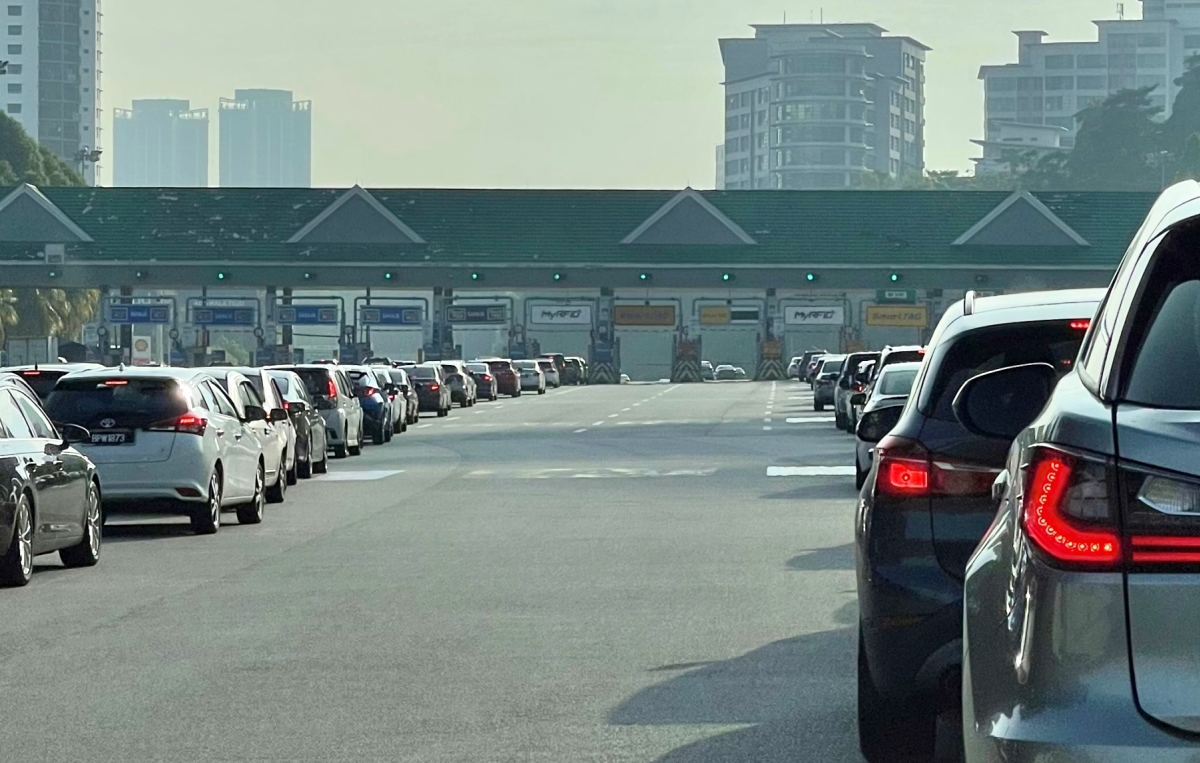
While the MLFF system is still being developed, Nanta should be doing something a little more straightforward—instruct highway operators to install more RFID lanes at toll plazas. This will allow motorists to move to the next lane should one be congested due to a tag not being able to be read or a lack of funds in a user’s TNG eWallet.
Okay, it’s not quite so simple a job—the last time PLUS tried to phase out TNG and SmartTAG lanes in favour of RFID ones, it caused such bad congestion that it ended up having to apologise and reinstate SmartTAG lanes to ameliorate the situation. The fact that there was congestion in the first place is something we’ll address later on.
As such, there’s a balance that needs to be struck between having too few RFID lanes and too many. What the ministry could do is share RFID usage metrics at each toll plaza to ensure any adjustment being made is backed by data.
Finance Minister: End TNG’s monopoly, charge users regardless of eWallet balance
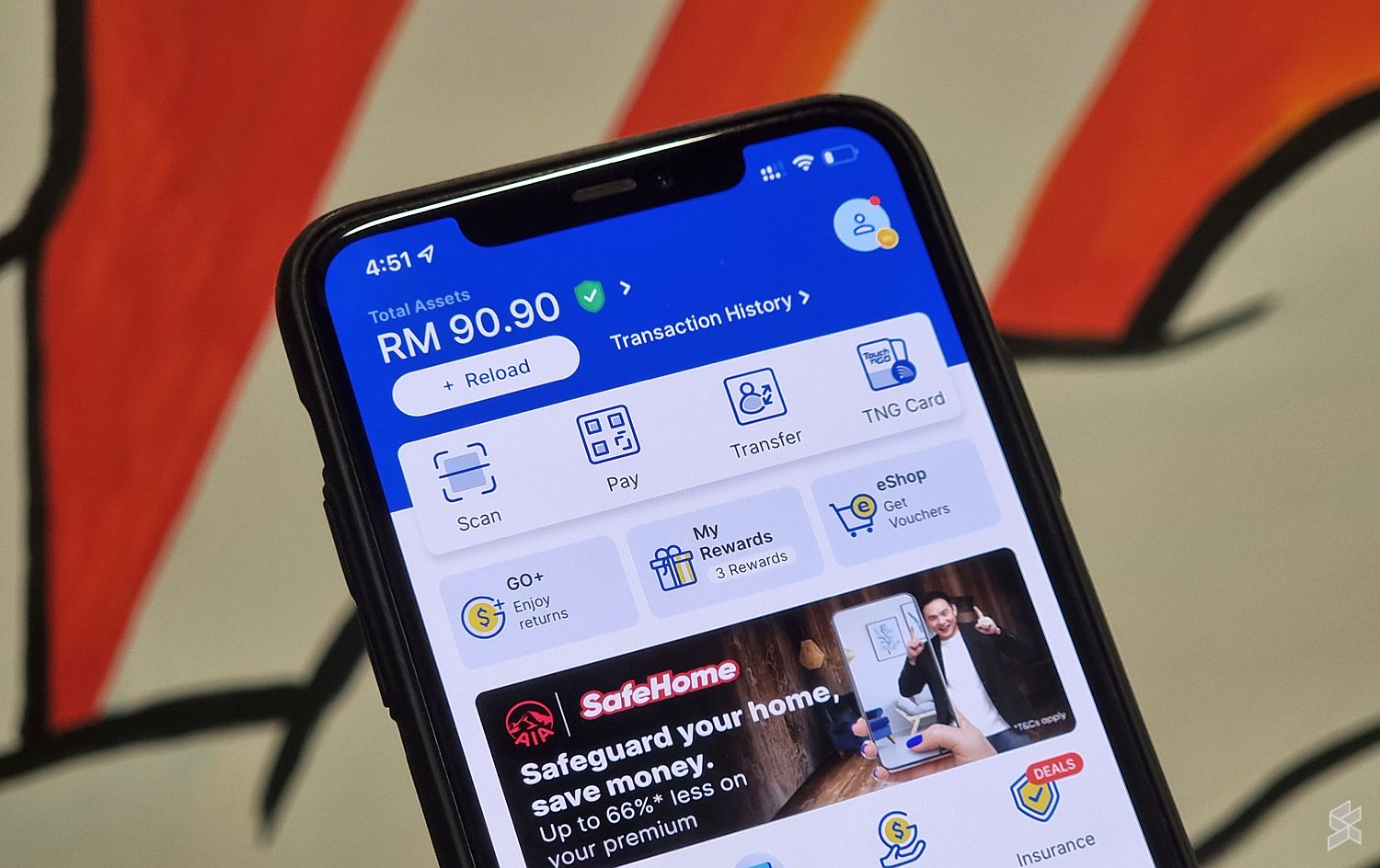
Now that the Prime Minister is once again also holding the Finance Minister’s portfolio, he has the biggest say in the direction toll payments are headed. For Anwar, that direction should be ending Touch ‘n Go’s monopoly in the sector. Ever since LLM ceased cash payments at toll plazas in 2017, the company’s cards, SmartTAGs and eWallet have become the only available payment methods, which is an irresponsible amount of power to be handed to a single business.
Touch ‘n Go is owned by the CIMB Group, and when former Finance Minister Tengku Zafrul Aziz (now the Minister of International Trade and Industry, or MITI) was its CEO and executive director, he promised an open payment system that would enable users to link their RFID tag to their credit card or bank account, not just their TNG eWallet.
This promise was the basis of a settlement between CIMB and PLUS, after the former sued the latter for planning to introduce a competing RFID system—this time tied to the users’ debit or credit cards. It’s been over three years and not only has the functionality yet to be delivered to customers, there’s not even any news as to its status. What’s the holdup?
Failing that, Anwar needs to force Touch ‘n Go to enable its eWallet to have a negative balance, in order to prevent users from getting stuck in the RFID lane (and causing massive congestion in the process) due to insufficient balance. The company could tap into PLUS’ ANPR system to facilitate this, helping it keep track of vehicles that have not paid—which is why it’s doubly important that users do not share their RFID tags with multiple cars.
To prevent users from abusing this privilege, the government should enforce laws that will allow authorities to take legal action on those that haven’t paid. Again, Malaysia could learn from Singapore, which not only charges a penalty for every ERP gantry passed without paying but will also take errant motorists to court if they continue to not pay. This will be especially useful when the MLFF system is implemented and there won’t be a barrier to stop vehicles from passing through.
Related reading
- Malaysia wants to remove toll barriers by 2025 but 3 things need to be sorted out first
- TNG monopoly on highways to end in 2025 when MLFF is implemented with RFID
- Tougher laws against toll evaders needed before highway toll barriers are removed
- PLUS highway uses Nvidia GPUs and software for number plate recognition
- JPJ might introduce RFID-embedded number plate or road tax for Malaysian vehicles








